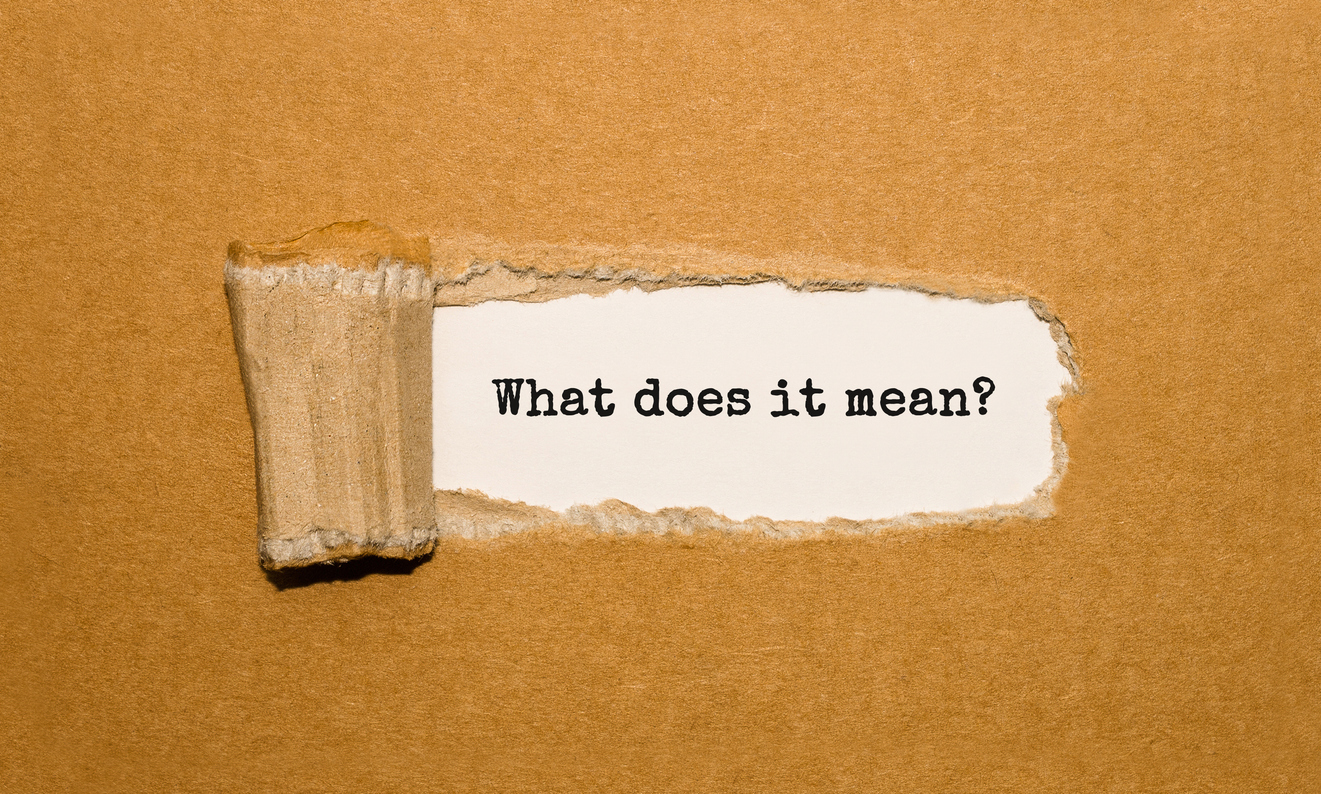When disaster strikes, stress and the feeling of being overwhelmed and unfamiliar with the process can make your property damage claim a lot worse.
Some incredible wind storms in various parts of the nation have caused a spike in claims. It is not uncommon for homeowners who are far away from the coast to go decades without ever having to file an insurance claim. But now with wind damaged properties, the insureds have a significant loss and are in a distraught state in this unfamiliar territory.
One call from last week prompted me to give some basic advice on what to expect in the very stages of the claim. The homeowner’s claim was in the early stages of the adjustment and she just wanted to understand the guidelines of how the process will work. She had questions (enough to contact an attorney) but she was also unsure because this was an entirely new process for her and her family. The windstorm and severe weather took down a large tree and the tree smashed into her home at about four in the afternoon. Even to the untrained eye an evaluation revealed there was significant roof damage and her minivan was totaled. This loss happened just moments after her husband had parked the van in the driveway. Wires and cable lines came down and crossed her road, closing it to traffic. She was so thankful that her husband had made it inside before the storm. Reality, though, did not allow her much time to be idle. She had to act because of the downed wires and make her reports.
Now, the carrier has had inspections but she didn’t know what would happen next. There was talk about the insurance company fixing the property for her but she wasn’t sure about the basics. When there is building damage to the property that the insurance company will indemnify you for under the policy, it is important at the very least that a formal written request is made by you for the complete policy and the scope or estimate of all the building damages that are included.
It is imperative that the insured have every form and endorsement along with the main body of the policy. Often the agent sends just the new renewal forms after a loss. However, those renewal forms modify the base policy and all these documents need to be read in tandem. Bottom line: you need both sets of documents.
Not sure what you are reading? Most states allow you to hire a public insurance adjuster to help you navigate this claim process. Check out http://www.napia.com or your state specific public adjuster group to find a licensed and qualified adjuster.
It is also imperative that you are provided the scope and estimate of damage that the insurance company has set forth. If you blindly sign an authorization with an insurance company or a preferred vendor and don’t insist on the scope of damages, how will you ever know what the insurance company is covering and what the contractor is supposed to be doing?
You need the scope and estimate to make sure that your property is being returned to its pre-loss condition and that the estimate replaces the items with like kind and quality materials. What you do not want to have happen is that the contractor determines there is more to fix but turns to you for payment because the carrier is not agreeable. Sorting all of this out before hammer and nail is the best practice. If construction and building components are not in your wheelhouse, a public adjuster can also assist. Generally, public adjusters have the same software to estimate the damages used by your insurance company, but public adjusters do not work for the insurance companies, they work for you.
Never blindly sign documents. Yes, there is a lot of stress but if there is one wise piece of advice that serves everyone, it is to understand what you are signing before you sign. Do not let the carrier’s urgency pressure you into dismissing the significance of your signature.
For more tips about insurance claims, a great resource comes from United Policyholders. These ten tips of insurance claims should be reviewed by anyone with a property claim whether it is going well or going south. While Tip 8 is critical, Tip 4 must also be highlighted. Remember: someone who is friendly is not the same as someone who is advocating for you. The insurance adjuster works for the insurance company and long after your claim is over they have a boss and a review process that makes a difference in their everyday lives. Thank you, Amy Bach, Esq., and United Policyholders for this helpful resource.
Top 10 Insurance Claim Tips
- Be pro-active in the claim process.
- You’re not on a level playing field when you’re dealing with an insurance claim.
- Think of your insurance claim as a business negotiation—you’re dealing with a for-profit company.
- Give your insurance company a chance to do the right thing, but don’t mistake a friendly representative for a friend.
- Document and support your claim with proof, details and estimates.
- Present clear requests in writing that explain what you need, when you need it, and why you’re entitled to it.
- Don’t pad or exaggerate your claim.
- Don’t sign legal documents without consulting with a qualified attorney.
- Try to resolve problems informally but complain in writing, go up the chain of command and/or use government agency help when necessary.
- Get specialized professional help when you need it, start in the “Find Help” section of www.uphelp.org.
For other blogs that might help you navigate this process, check out:



